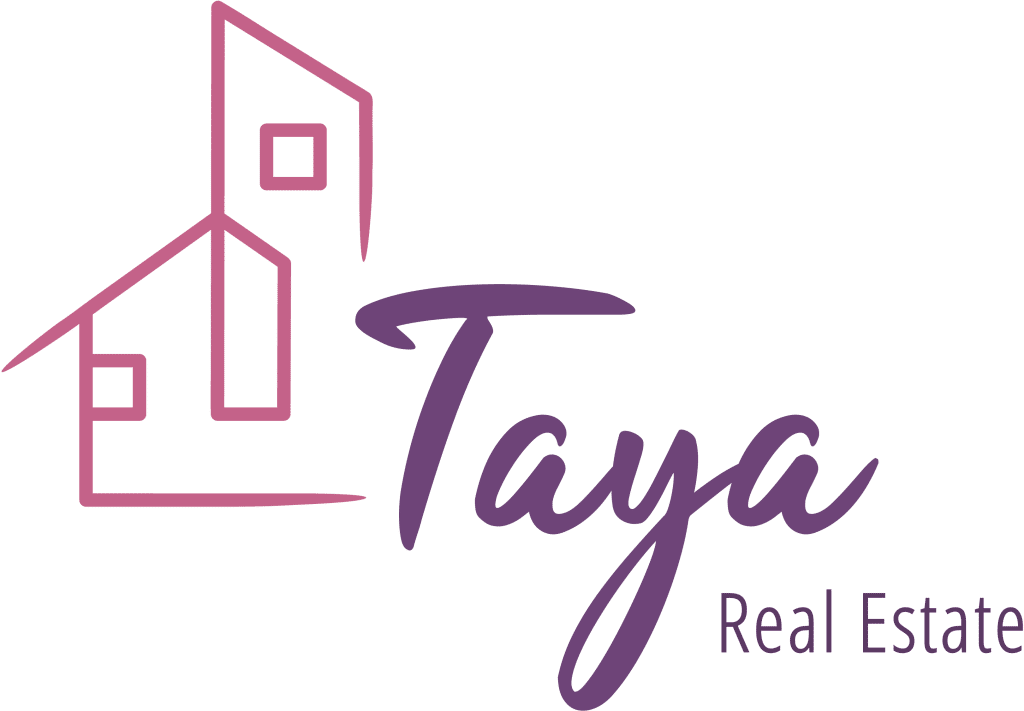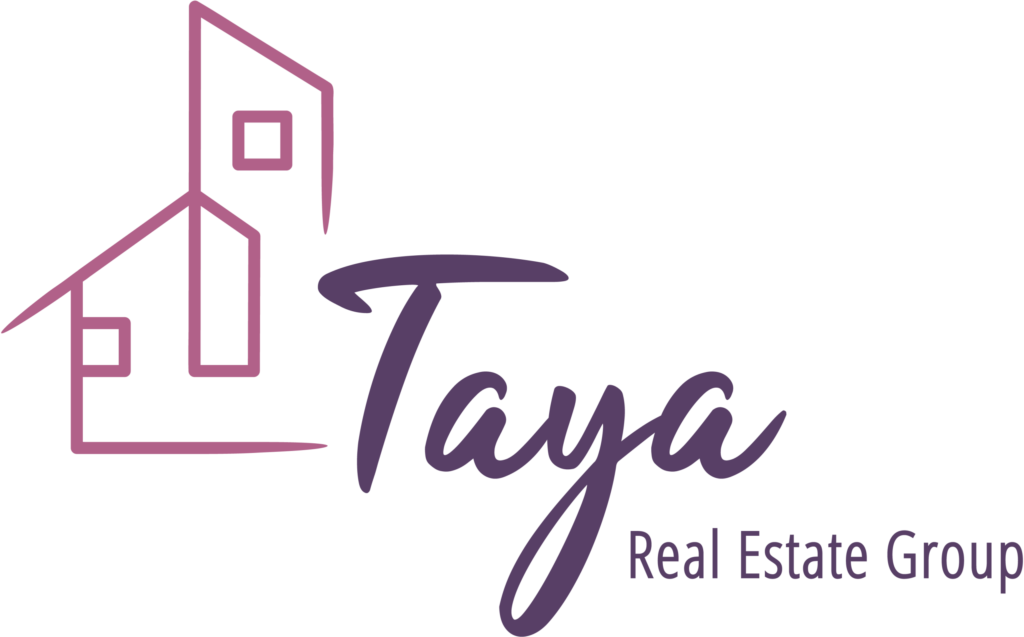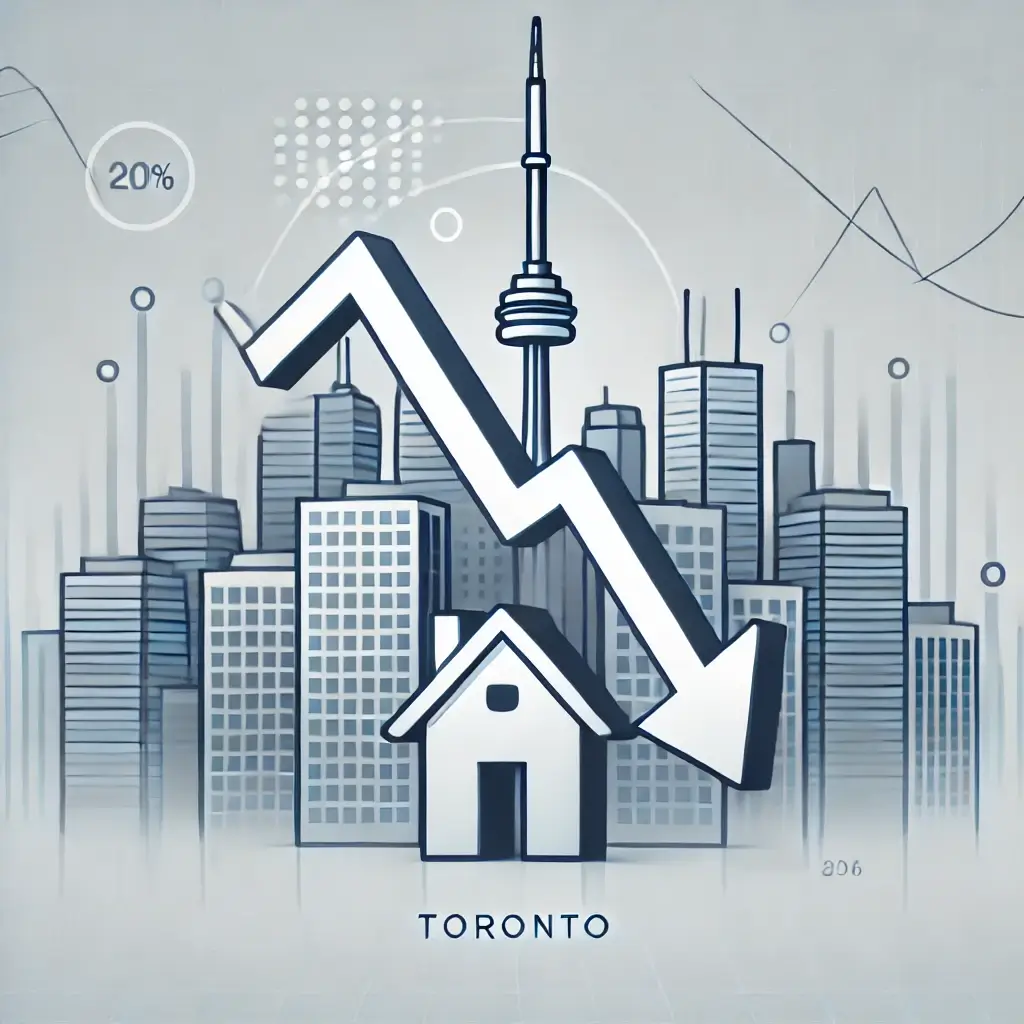Toronto’s real estate market is constantly evolving, and multi-unit residential properties have emerged as one of the most promising investment opportunities. From duplexes and triplexes to larger apartment buildings, these properties offer investors the potential for steady rental income, diversification, and long-term appreciation. However, like any investment, they come with their unique challenges, including regulations, financing, and management considerations.
In this blog, we’ll cover everything you need to know about investing in multi-unit residential properties in Toronto in 2024.
Why Invest in Multi-Unit Residential Properties?
Multi-unit residential properties have grown in popularity for several reasons:
Strong Rental Demand
- Toronto’s population is growing rapidly, fueled by immigration and a tight housing market.
- Renters are increasingly seeking affordable options, making multi-unit properties an attractive alternative to single-family homes.
Economies of Scale
- Managing multiple rental units in one location is often more cost-effective than owning and maintaining separate single-family homes.
- Shared infrastructure (e.g., utilities, maintenance) can reduce per-unit costs.
Diversified Income Stream
- With multiple tenants, a vacancy in one unit doesn’t leave you without income, unlike single-family rentals.
Potential for Value Appreciation
- Multi-unit properties located in transit-friendly and revitalizing neighborhoods can see significant appreciation over time.
Current Market Trends in Toronto
The rise of multi-unit dwellings is reshaping Toronto’s housing market, driven by several factors:
1. Zoning Changes
The City of Toronto has recently adopted more flexible zoning policies to encourage multi-family housing developments. These changes aim to address the housing shortage by:
- Allowing duplexes, triplexes, and fourplexes in areas traditionally zoned for single-family homes.
- Expediting approvals for multi-unit conversions and developments.
2. Increasing Demand for Affordable Housing
As housing affordability remains a challenge, many families and professionals are opting for multi-unit housing. This trend is particularly strong in neighborhoods with good transit access, such as Danforth, East York, and parts of Etobicoke.
3. Rising Construction of Purpose-Built Rentals
Developers are responding to demand by constructing more purpose-built rental buildings. For investors, this creates opportunities to acquire properties with modern amenities that attract high-quality tenants.
Regulations and Policies Investors Must Know
Investing in multi-unit residential properties in Toronto requires navigating a range of regulations. Here are the most important ones to keep in mind:
1. Rent Control
- In Ontario, rent increases are capped annually for most multi-unit residential properties built before November 15, 2018. The rent increase guideline for 2024 is set at 2.5%.
- Properties built after this date are exempt from rent control, offering greater flexibility in setting rents.
2. Landlord-Tenant Board (LTB)
- The LTB governs disputes between landlords and tenants. Understanding tenant rights and eviction rules is crucial for managing multi-unit properties effectively.
3. Building Codes and Safety Standards
- Multi-unit properties must meet strict building codes, including fire safety regulations, electrical standards, and accessibility requirements.
- Regular inspections are necessary to ensure compliance and avoid fines.
4. Property Tax Considerations
- Multi-unit residential properties are typically taxed at a higher rate than single-family homes. Investors should factor this into their financial planning.
Financing Multi-Unit Residential Properties
Securing financing for multi-unit properties differs from traditional home loans. Here’s what you need to know:
Commercial Mortgages
- Properties with more than four units typically require a commercial mortgage, which has stricter approval criteria.
- Lenders assess the property’s income potential rather than just the buyer’s creditworthiness.
Down Payment Requirements
- For multi-unit properties, down payment requirements are generally higher than for single-family homes. Expect to pay 20-25% or more upfront.
CMHC Insurance
- The Canada Mortgage and Housing Corporation (CMHC) offers mortgage insurance for multi-unit properties, which can reduce interest rates.
Cash Flow Projections
- Lenders often require detailed cash flow projections and proof of rental income to approve loans.
Tips for Successful Multi-Unit Property Investment
Investing in multi-unit properties can be rewarding with the right strategy. Here are tips to ensure success:
1. Choose the Right Location
- Look for properties near transit, schools, and employment hubs. Areas undergoing revitalization, like Mount Dennis or Birch Cliff, offer excellent growth potential.
2. Focus on Tenant Quality
- Conduct thorough tenant screening to ensure reliable rent payments and minimize conflicts.
3. Budget for Maintenance
- Multi-unit properties require regular maintenance, including HVAC systems, plumbing, and shared spaces. Allocate a portion of rental income for upkeep.
4. Work with Professionals
- Partner with an experienced real estate agent, property manager, and legal advisor who understand multi-unit investments.
5. Stay Informed About Regulations
- Keep up with changes in zoning laws, rent control policies, and tax regulations to avoid costly surprises.
Is Investing in Multi-Unit Residential Properties Right for You?
Multi-unit residential properties offer a combination of stable income and long-term growth, making them an excellent addition to any real estate portfolio. However, they require careful planning and management.
If you’re considering investing in multi-unit properties in Toronto, our team at Taya Real Estate can help you find the right opportunities and navigate the process with ease. Visit Taya Real Estate or connect with us on Facebook for expert advice tailored to your needs.








